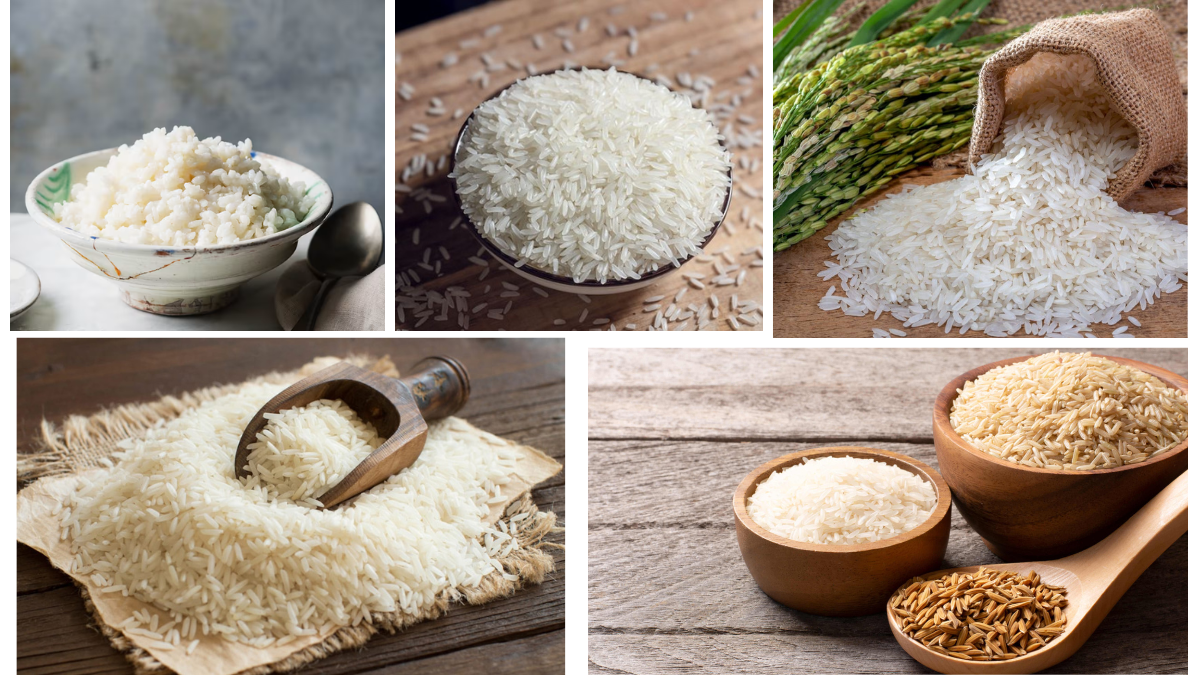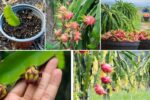Rice is one of the most vital staple foods in the world, forming the dietary foundation for more than half the global population. From sushi in Japan to biryani in India, rice connects cultures, economies, and communities across continents. Given its crucial role in food security and international trade, identifying the largest producer of rice sheds light on agricultural leadership, innovation, and global influence. So, which country leads the world in rice production? The answer is China — a nation that has consistently dominated the rice production landscape for decades.
The Global Importance of Rice

Rice is grown in over 100 countries and provides more than 20% of the world’s caloric intake. It is a staple food in Asia, Africa, and Latin America and is consumed in a variety of forms—boiled, steamed, puffed, or ground into flour. Its adaptability to diverse climates and soil conditions makes it a crucial crop in the battle against hunger and malnutrition.
Global rice production hovers around 510–520 million metric tons annually (milled basis). The top rice-producing countries include:
- China
- India
- Bangladesh
- Indonesia
- Vietnam
- Thailand
- Myanmar
- Philippines
- Brazil
- Pakistan
Among these, China stands unchallenged as the largest producer of rice in the world.
China: The World’s Leading Rice Producer
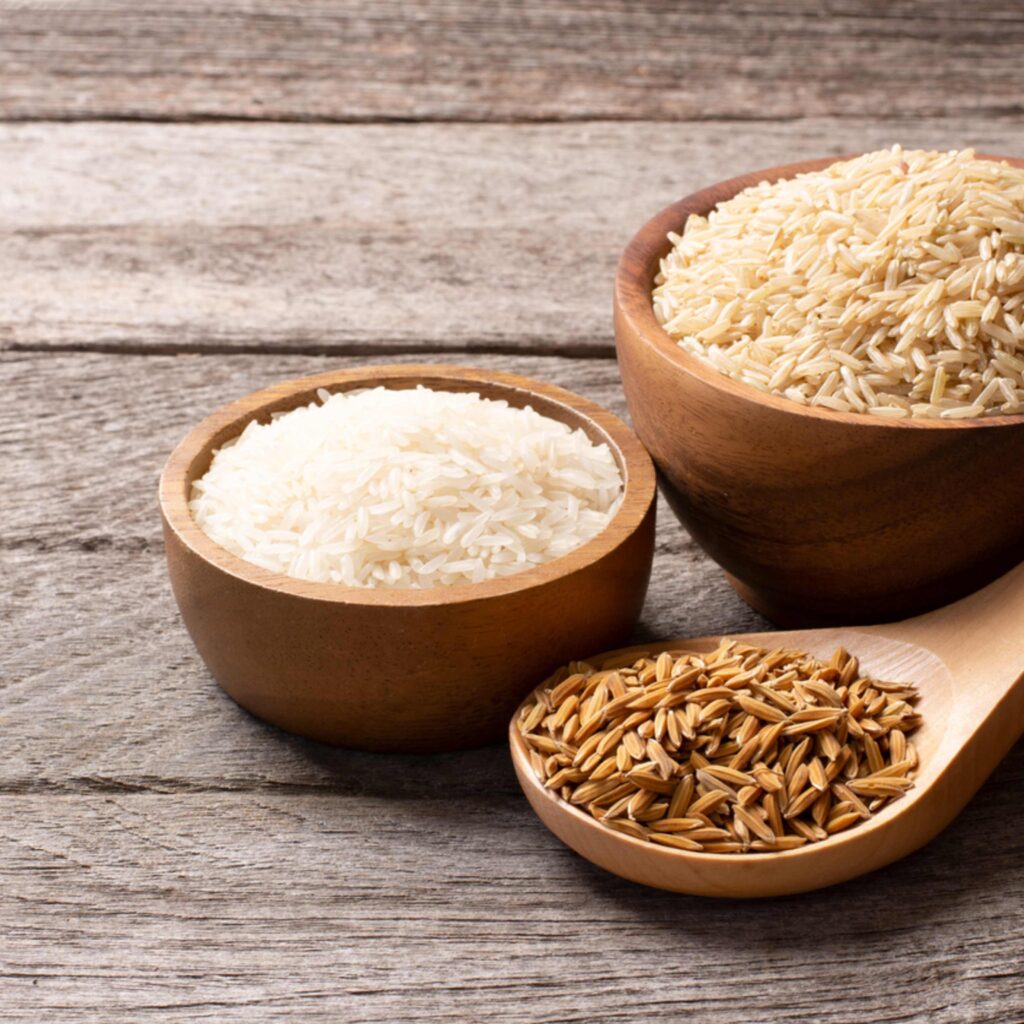
1. Production Volume
As of the latest available data, China produces approximately 147–150 million metric tons of rice annually (rough rice basis), accounting for nearly 28–30% of global rice production. This staggering output reflects the country’s heavy investment in agriculture, advanced irrigation systems, and long history of rice cultivation.
2. Cultivation Area
China cultivates rice across more than 30 million hectares of land, with major rice-producing provinces including:
- Hunan
- Hubei
- Sichuan
- Jiangxi
- Guangdong
- Anhui
Rice farming in China is divided into three major types:
- Early season rice (planted in spring, harvested in early summer)
- Mid-season rice (planted in early summer, harvested in fall)
- Late-season rice (double cropping in southern regions)
This tri-seasonal approach helps maximize yield and sustain year-round production.
Why China Leads in Rice Production

1. Government Support and Policies
China’s central and provincial governments have made rice production a national priority due to its role in food security. Generous subsidies, minimum price guarantees, and technological support programs incentivize farmers to grow rice consistently.
2. Technological Advancements
China invests heavily in agricultural R&D, including:
- Hybrid rice varieties (developed by scientist Yuan Longping)
- Precision agriculture
- Mechanized harvesting
- Smart irrigation systems
These innovations have boosted yields from around 2 tons/ha in the 1950s to over 6–7 tons/ha today in some regions.
3. Irrigation Infrastructure
Most of China’s rice is grown in lowland, irrigated fields known as paddy fields, which are well-supported by an extensive network of rivers, canals, and rainwater harvesting systems.
4. Farmer Education and Extension Services
The Chinese government ensures rural farmers receive access to agricultural training, weather forecasting, pest control methods, and best farming practices through rural extension programs.
Comparing China with Other Top Producers
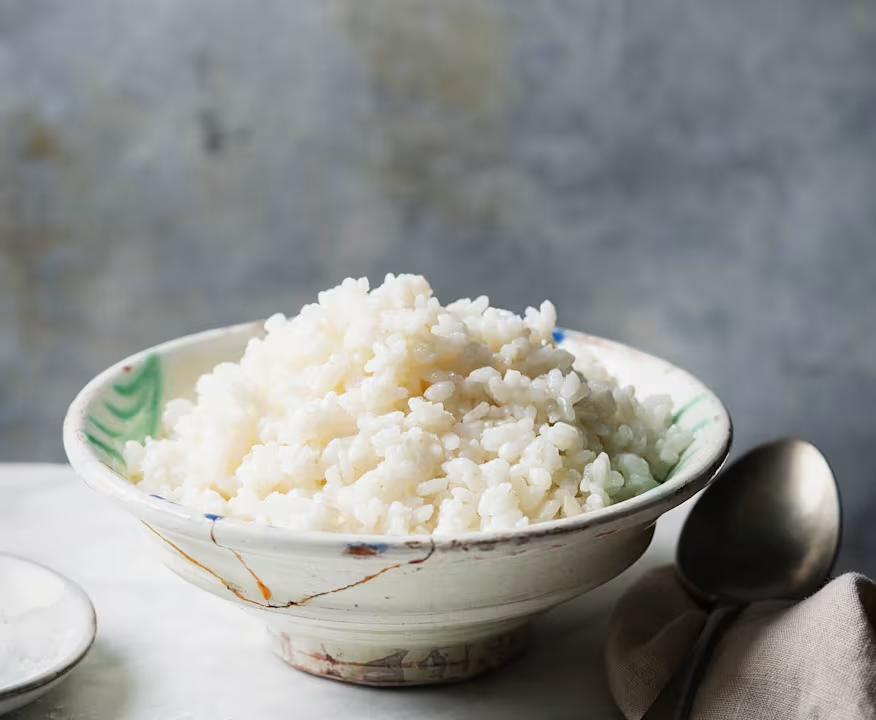
India
- Production: ~125–130 million metric tons
- India ranks second in rice production but leads in export volumes, especially of Basmati rice.
- Major producing states: West Bengal, Uttar Pradesh, Punjab, Andhra Pradesh.
Indonesia and Bangladesh
- Both countries produce around 35–55 million metric tons annually, focused mainly on domestic consumption.
- High population densities ensure most rice is consumed locally, limiting exports.
Vietnam and Thailand
- Known globally for rice exports, especially jasmine and long-grain varieties.
- Produce far less than China but are major players in the international rice trade.
Rice Varieties and Innovation in China
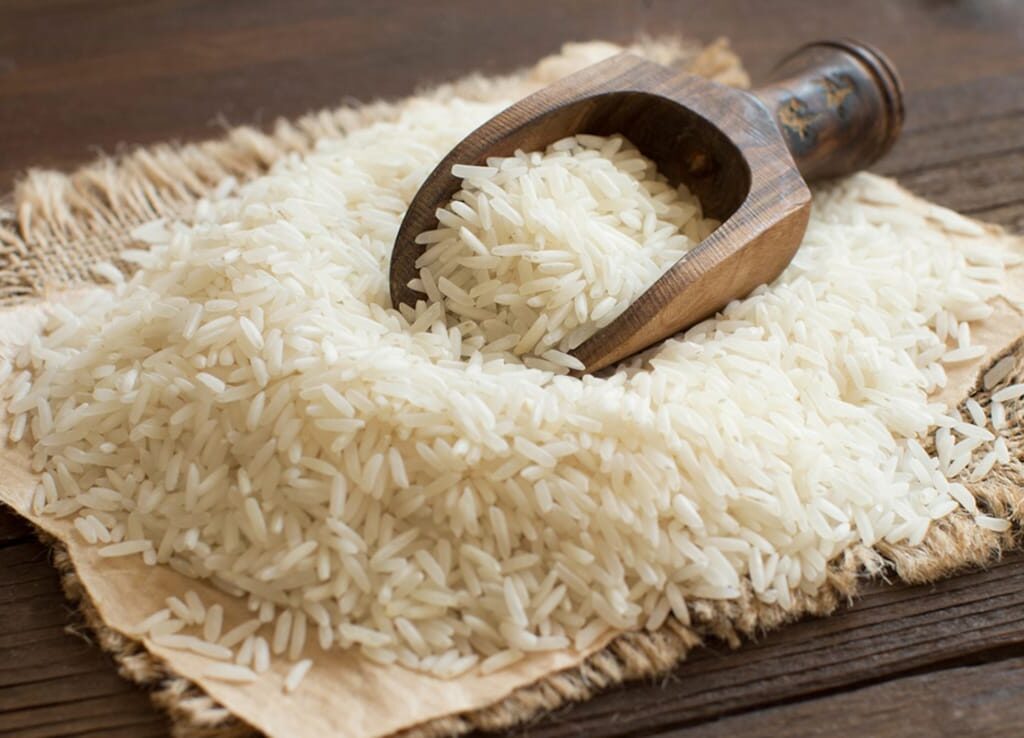
China grows a diverse range of rice types to suit different tastes, regions, and export needs:
- Indica rice (long grain, common in southern China)
- Japonica rice (short grain, grown in cooler northern regions)
- Glutinous (sticky) rice
- Hybrid rice (a Chinese invention that significantly increases yield)
- Aromatic rice varieties developed for export potential
Innovation in hybrid rice, especially “super rice” that yields over 10 tons/ha, has revolutionized global rice production.
Economic and Social Impact of Rice in China
- Food Security: Ensuring that the world’s most populous country has enough staple food is critical. Rice is central to China’s food policy.
- Employment: Rice farming supports millions of rural households, particularly in central and southern China.
- Export Potential: Though China is not the top rice exporter, it still exports several hundred thousand tons annually to countries in Asia and Africa.
Challenges Faced by China
Despite its massive output, China faces several challenges in rice production:
- Water Scarcity: Intensive irrigation is straining freshwater resources.
- Climate Change: Erratic weather patterns, floods, and droughts threaten yields.
- Labor Shortages: Urban migration reduces available agricultural labor.
- Soil Degradation: Overuse of fertilizers and pesticides has reduced soil health in some regions.
To address these issues, China is focusing on sustainable farming, eco-friendly practices, and mechanization.
The Future of Rice Production in China
China continues to push for innovation-driven agriculture. Its goals for the future include:
- Developing climate-resilient rice strains
- Enhancing yield without increasing land area
- Digitizing rice farming with AI, drones, and sensors
- Reducing environmental impact through green farming
China also collaborates with global rice research institutions and shares its hybrid rice technology with countries in Africa and Asia to improve food security worldwide.
Conclusion
In conclusion, China stands as the largest rice producer in the world, thanks to its enormous cultivation area, supportive government policies, advanced technologies, and centuries-old farming traditions. While challenges persist, China’s strategic focus on sustainable and innovative agriculture ensures it will continue to lead the global rice landscape. Understanding China’s dominance in rice production is not just about agricultural statistics—it’s about appreciating how a nation feeds over 1.4 billion people and contributes to global food security.
This comprehensive insight into rice production not only serves academic research but also encourages global cooperation and policy dialogue on sustainable agriculture and food resilience in the face of climate and population challenges.
